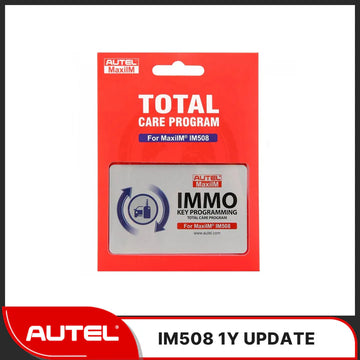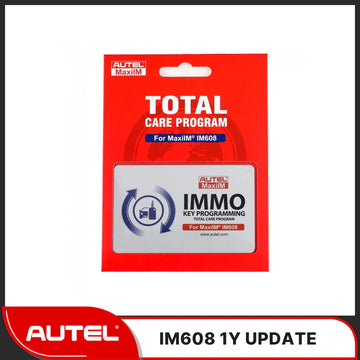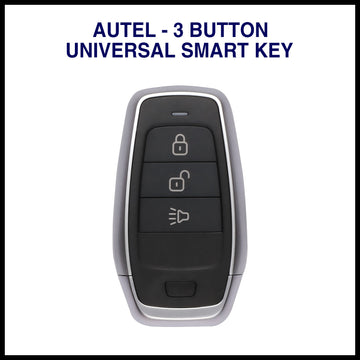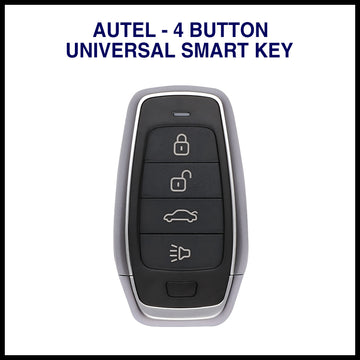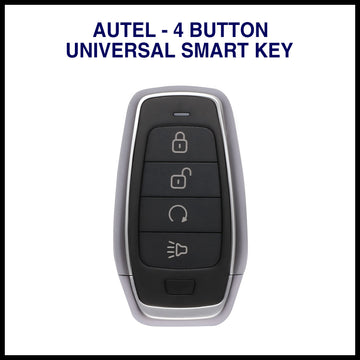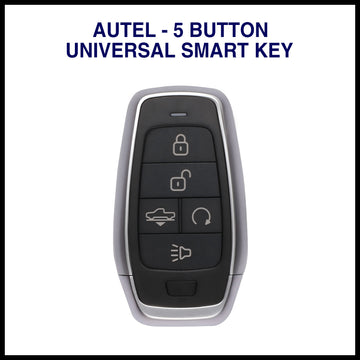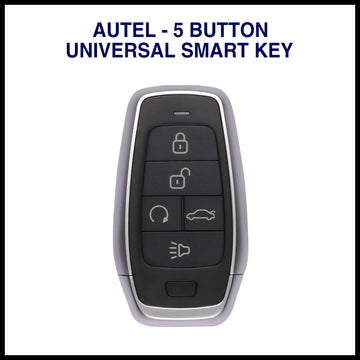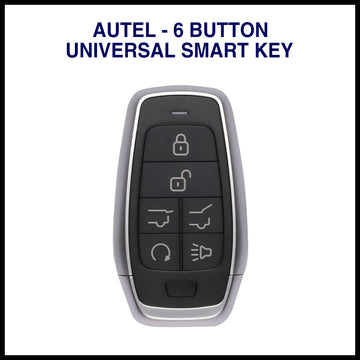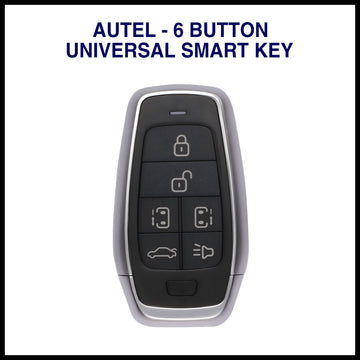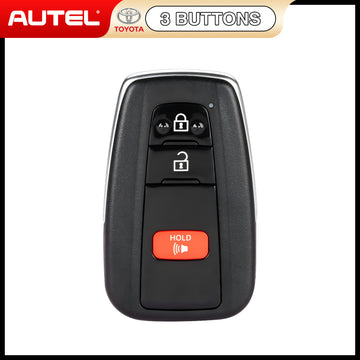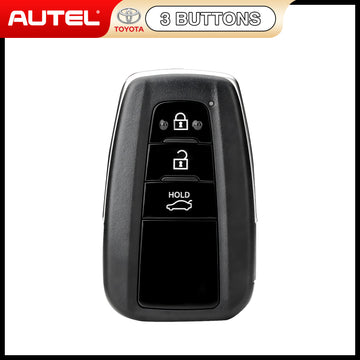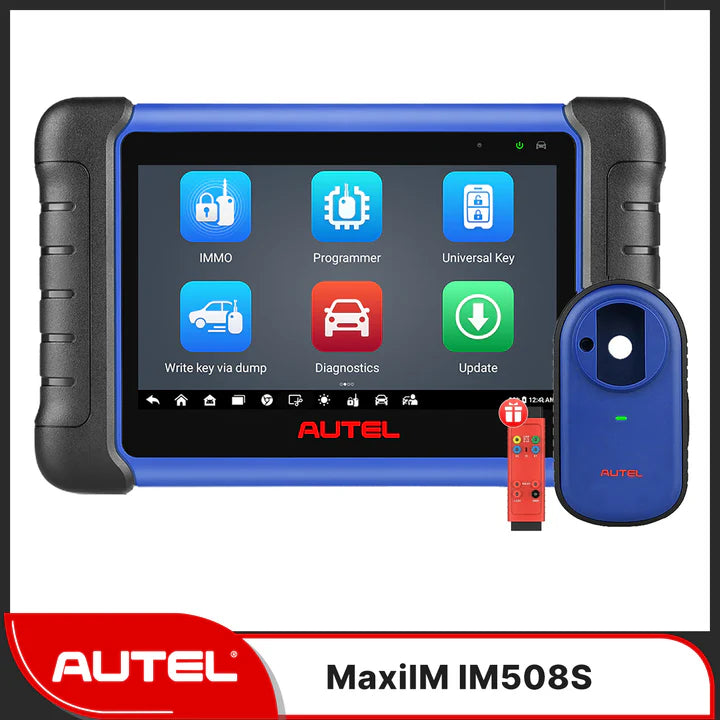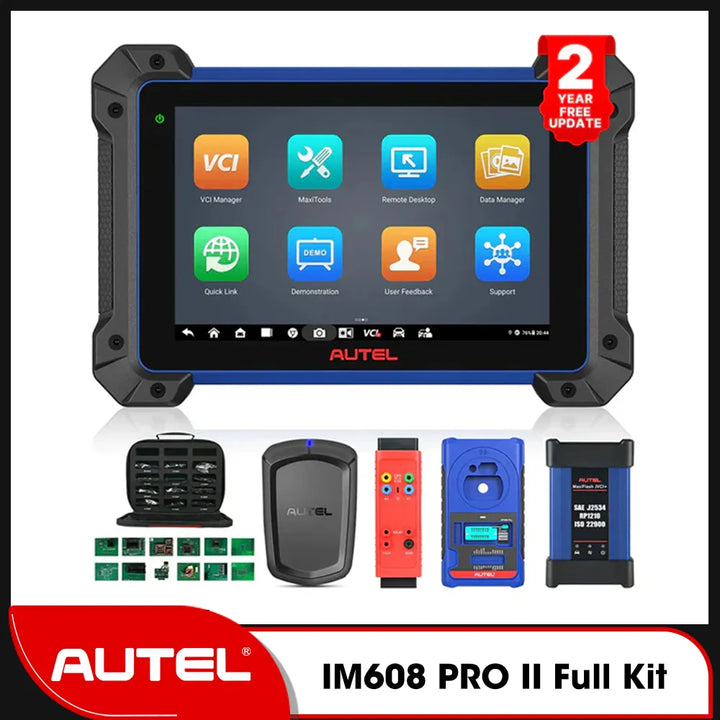
Bi-Directional Control for Cars: What It Is and Why It Matters
When browsing the features of modern car diagnostic scanners, you often come across the term “bi-directional control.” But what exactly does this mean? How is it applied during vehicle diagnostics, and which Autel diagnostic tools support this feature?
In this post, we’ll break down everything you need to know about bi-directional control, its benefits, and real-world use cases.

What Is Bi-Directional Control in Vehicle Diagnostics?
|
Bi-directional control, also known as active test, refers to a function that allows a diagnostic tool to communicate both ways with a vehicle’s electronic control unit (ECU). Unlike basic scanners that can only read data, a bi-directional scanner can also send commands to the ECU to perform specific functions or tests. |
This two-way communication lets technicians not only monitor system performance but also control actuators and components directly — for example, turning on the fuel pump, opening valves, or activating the cooling fan.

Autel's Powerful Combination Of Key&immobilizer Programmer and Diagnostic Scanner with 3000+ Bidirectional Control Capabilities:
❓FAQ
How Is Bi-Directional Control Used in Vehicle Diagnostics?
A scanner with bidirectional capability can: Read fault codes stored in the ECU / Guide technicians to the faulty system / Clear codes after repairs are completed
This two-way communication enables faster fault localization and more efficient maintenance.
Real-Time Data Monitoring
A scanner with bidirectional capability can: Read fault codes stored in the ECU / Guide technicians to the faulty system / Clear codes after repairs are completed
This two-way communication enables faster fault localization and more efficient maintenance.
Performing Active Tests
If it’s unclear which component is malfunctioning, technicians can run specific active tests via the scanner.
For instance, they can command the ECU to activate a solenoid, open a relay, or trigger a fan — instantly confirming whether the issue lies in the component, wiring, or control logic.
This saves diagnostic time and improves precision.

Bi-Directional Control — Key Benefits
1. Faster Problem Isolation
Activate or deactivate components on demand to quickly pinpoint faults and confirm wiring and module behavior.
Saves hours of manual testing and guesswork.
2. Improved Diagnostic Accuracy
Interactive testing provides immediate feedback so technicians know whether a component or its control circuit is at fault.
A fast feedback loop that improves repair decisions.
Summary
Bi-directional control speeds up fault isolation and increases confidence in repairs, saving time and cost.
Tip: Use it early in the diagnostic flow to avoid unnecessary disassembly.
Real-World Example: Diagnosing a No-Start Issue
Symptom: The car won’t start.
Initial check: No fuel pressure is detected, but the root cause is unclear.
Traditional approach:
Testing circuits manually might take 15–20 minutes.
With bi-directional control:
-
Use a diagnostic scanner to send a command to the ECU to activate the fuel pump.
-
If the fuel pressure gauge now reads normal, the pump and circuit are fine.
-
The issue likely lies on the control side — such as a faulty input sensor or missing enable signal.
Total time? Less than five minutes.
Conclusion
Bi-directional control transforms the way technicians diagnose vehicles.
By allowing scanners to both read and command ECU functions, this feature:
-
Speeds up troubleshooting
-
Increases diagnostic accuracy
-
Reduces repair time and costs
If you’re a professional technician or workshop owner, investing in an Autel scanner with bi-directional control, such as the MaxiIM IM508S / IM508S PRO / IM608S II / IM608 PRO II, can dramatically improve your diagnostic efficiency and service quality.








